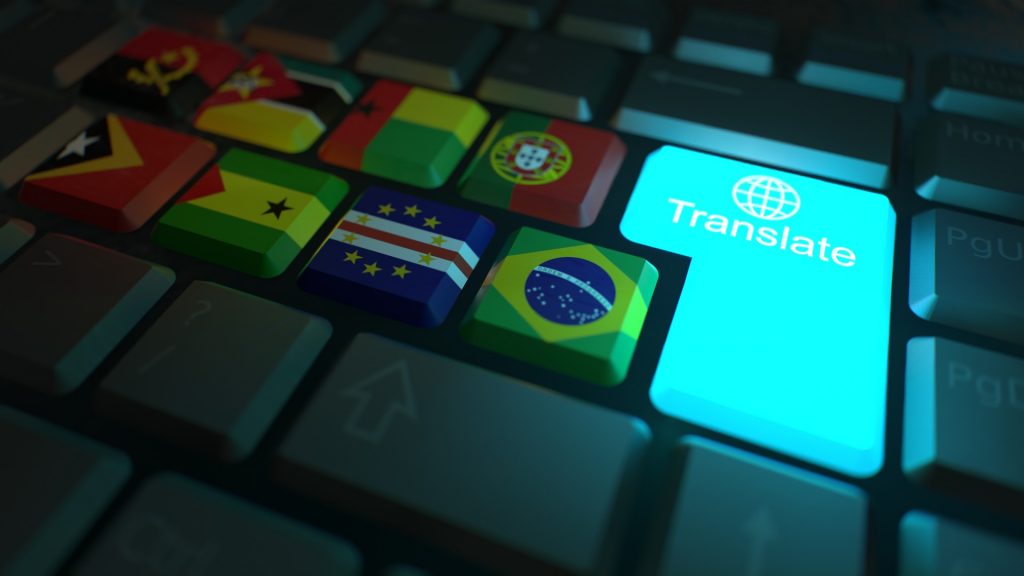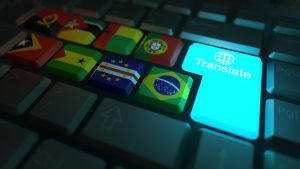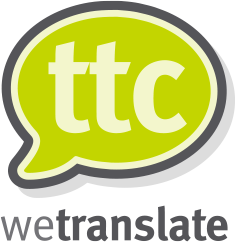

Maybe you’ve used an online machine translation tool yourself before or you’ve heard the stories of epic translation fails from your friends or colleagues. No matter how you know about machine translation, we bet that you can agree it has a bad reputation. Maybe you can use it if you are a tourist looking to translate simple sentences, sure, but it shouldn’t be your first choice if you are looking to get some important business documents translated…
…or should it?
We are here to shed some light on the extravagant myths about machine translation and answer the question of why it might be good for you!
Machine translation tools: Are they all the same?
Let’s start our quest with a simple question. Are all of the machine translation tools the same? The easy answer would be, simply no. Just like any other tool on the internet, there are different varieties working in all sorts of ways.
Even if you are new to the wonderous world of machine translation, you have probably heard about Google Translate, which is an amazing example of how advanced the AI has actually gotten these past years. In fact, you might have noticed through experience or have heard the rumours that Google Translate has gotten impressively better lately.
It’s because ever since 2016, Google Translate has been using a complex machine learning system called ‘the neural network learning’. To put it simply, it is a complicated learning system that enables the machine to compare countless texts from broad sources simultaneously and this ensures that the full context is taken into account rather than being translated in isolation. Check out our blog on Google Translate here to learn more about how it works.
This means that as advanced as it is, Google Translate is still an online tool; if you can make use of the documents and translations other people upload, that means that they can also make use of yours. This two-way deal sounds somewhat vulnerable, doesn’t it?
It’s because it is. Publicly accessible online translation tools – as easy, cheap and fast as they are – don’t guarantee confidentiality. Anything you upload in an online translation tool can be accessed by someone who tries hard enough.
But we are here to tell you that, they are not your only option in machine translation. There are tools out there that are as advanced – if not more – as the online alternatives and completely safe for the use of businesses looking for a confidentiality guarantee.
Why should you consider using machine translation?
So far we’ve covered some unconventionally positive things about machine translation. It has its advantages and it’s been showcasing very promising improvements. But we can still hear you ask, ‘Is it as good as human translation?’
That’s a big no.
Yes, it’s much better than it was just 5 years ago and yes it is impressive to see how fast it’s changing and evolving – but no, it’s not nearly as good as a human translator who can understand your translation needs and target audience and see the tiniest nuances in the document to look out for.
We’ve established the quality work a human translator can do but before moving forward, we want you to ask if it’s what your document calls for. Is it exactly what you need? Most of the time it probably is. But in others, maybe you actually need machine translation. Let us elaborate on that and talk about a few instances when machine translation is the way to go.
Time: It’s almost the time for that big meeting where you have to present the reports to your client or you really need to understand that Dutch handbook fast. Maybe your translator has bailed on you and you need to get that document translated by tomorrow morning.
Generally speaking, a human translator can translate between 2000-3000 words per day. Anything above that limit would be an unrealistic and an unhealthy expectancy.
If you are in need of an urgent translation, then maybe machine translation is what you are looking for.
Money: It’s already the end of the project and there is only one more step to take from here: translation. But you didn’t necessarily count it in the budget or you did but your finances took a different turn and you ended up with less money for translations than you initially planned.
It’s okay, it actually happens more often than you probably think.
Although you may not be able to increase your budget, you can lower your costs by considering machine translation.
Quality: Now we cannot say that machine translation is the highest quality language services you’ll ever get. But the best quality may not be exactly what you need either.
More often than not, businesses need translations for their internal documents like reports and internal communications or for a handbook or a new brochure. Sometimes all they require is a general understanding of the text.
That’s where machine translation shines the brightest. By determining exactly what you need from the translation, you can save so much time and money.
When machine meets human: what is ‘MTPE’?
MTPE or machine translation post-editing is when a text that was translated by machine translation is edited by a human translator for better results, mostly increased readability.
Of course, there are different levels to MTPE. If all you need is simply understanding the text, you can use the machine translation and require no post editing whatsoever. If you are looking for a text that is easier to read and grammatically improved, then you can go with light editing. And if what you want is a result that’s as close to a human translator’s work as possible, then you might consider full post-editing.
What’s the standard for MTPE?
Machine translation has been around for a while now, but it is only recently that its use has spread significantly, which calls for standardization – that is coming up with the best way to do something and putting the best industry practices together in a single internationally recognized standard. In this case, we will be talking about ISO.
ISO 18587:2017 is the Machine Translation Post-Editing Quality Standard and describes the processes involved in machine translation post-editing by a post-editor, and establishes the competencies required for post-editors.
TTC wetranslate is now a ISO 18587:2017 certified company along with ISO 9001:2015 and ISO 17100:2015 certifications! To learn more about what this means for us, our clients and partners, check out our blog post here!
If you have any questions about the interesting world of machine translation or would like to just have a chat about how we may assist you, feel free to give us a call at +44 (0)1245 216930 or email info@ttcwetranslate.com for a free no-obligation quote or arrange a meeting.
Follow us on LinkedIn where we share many more interesting tips and tricks about translations!

